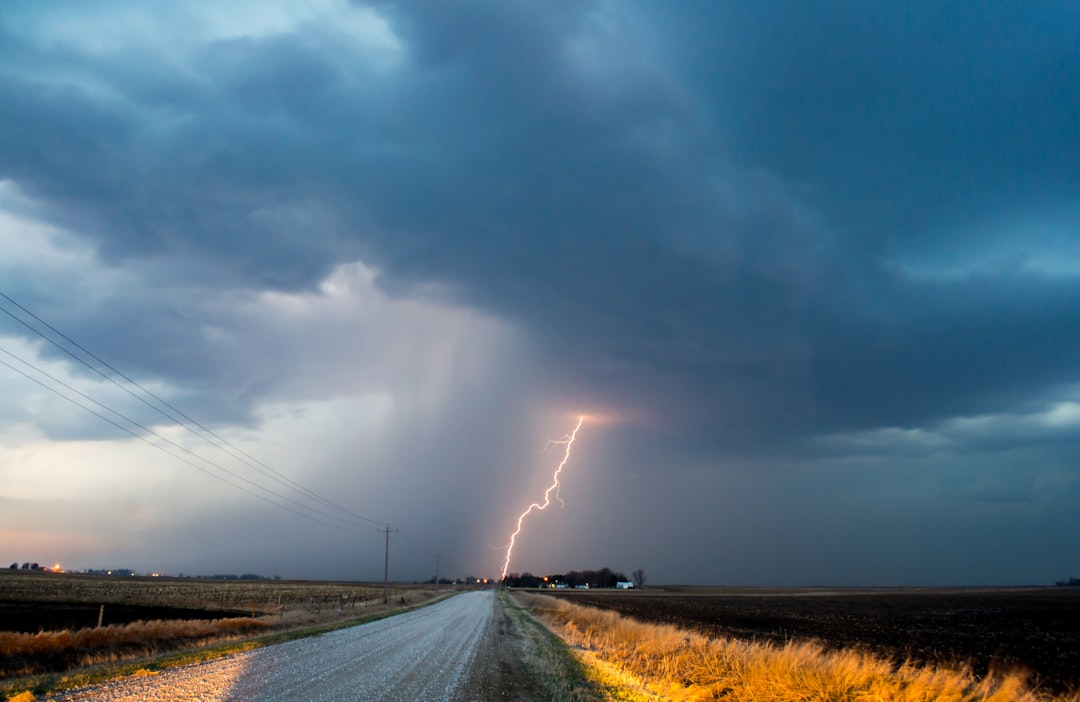What is it about?
The troposphere is the lower part of the atmosphere, where most of our weather takes place. Humidity in the upper part of the troposphere influences the climate in the region underneath, but also the radiation budget of the Earth. Upper tropospheric dry zones are regions, where high outgoing long-wave radiation contributes to cooling the planet. If these dry zones decrease with increasing carbon dioxide, this might be a positive feedback reaction, increasing the global warming. In this paper we analyse upper tropospheric humidity from satellite data and from model studies. Our results do not clearly confirm previous findings of poleward extension of the dry zones, but we show, that in the winter hemispheres these dry zones tend to become drier, while humidity is increasing in some of the summer hemispheric dry zones.
Featured Image

Photo by Florencia Viadana on Unsplash
Why is it important?
Satellites provide valuable information about our atmosphere, but time series of data are not long enough yet to use them for longer climate studies. Model data make is possible to make these climate studies, but often lack a realistic representation of the state of the atmosphere. That is why in our study we combined both, satellite and model data to try to understand the influence of increasing CO2 to upper tropospheric dry zones. We also showed that both, upper tropospheric humidity from model data and from satellite data show the same patterns depending on the season, but that the evolution of these dry zones is not consistent between the datasets.
Read the Original
This page is a summary of: Trends in Upper-Tropospheric Humidity: Expansion of the Subtropical Dry Zones?, Journal of Climate, March 2020, American Meteorological Society,
DOI: 10.1175/jcli-d-19-0046.1.
You can read the full text:
Contributors
The following have contributed to this page










